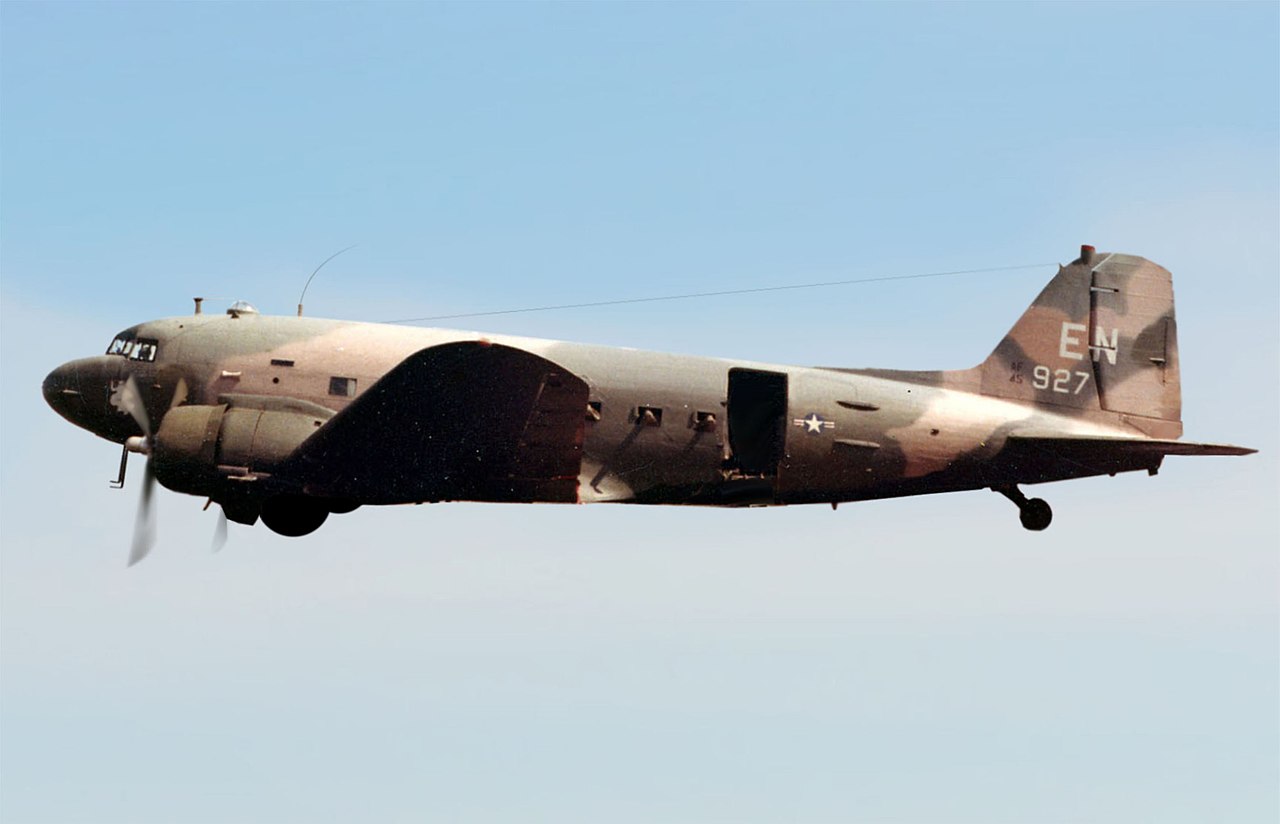15 December: Today in U.S. military history
 Today’s post is in honor of Gunnery Sgt. Justin E. Schmalstieg who was killed while defusing a roadside bomb he in Afghanistan’s Helmand province on this day in 2010. The 28-year-old Pittsburgh native had served three tours in Iraq and was on his first deployment to Afghanistan. He was assigned to 1st Explosive Ordnance Disposal Company, 7th Engineer Support Battalion, 1st Marine Logistics Group, I Marine Expeditionary Force in Camp Pendleton, Calif.
Today’s post is in honor of Gunnery Sgt. Justin E. Schmalstieg who was killed while defusing a roadside bomb he in Afghanistan’s Helmand province on this day in 2010. The 28-year-old Pittsburgh native had served three tours in Iraq and was on his first deployment to Afghanistan. He was assigned to 1st Explosive Ordnance Disposal Company, 7th Engineer Support Battalion, 1st Marine Logistics Group, I Marine Expeditionary Force in Camp Pendleton, Calif.
1791: The Bill of Rights, the first ten amendments to the Constitution of the United States, become law.
1862: Union Army Maj. Gen. Ambrose E. Burnside ends his disastrous series of frontal attacks against Gen. Robert E. Lee’s well-entrenched Confederate forces along Marye’s Heights during the Battle of Fredericksburg. It is during the battle that Lee – emotionally moved by the valor of the Federal Army, which, despite terrible losses, attacks his impregnable position time-and-again – says, “It is well that war is so terrible, lest we grow too fond of it.”
1864: Gen. John Bell Hood’s Confederate Army of Tennessee is routed in the Battle of Nashville by a Union army under command of Gen. George Thomas. After the battle, Hood’s once-formidable army would no longer be an effective fighting force.
1944: A plane carrying Maj. Glenn Miller, leader of the world-famous “Glenn Miller Orchestra” prior to World War II, disappears in bad weather over the English Channel. Miller volunteered for service and led the Army Air Force Band from 1942 until his disappearance.
Meanwhile, Lt. Gen. Alexander Patch’s Seventh Army crosses the Rhine River into Germany.
1945: Gen. Douglas MacArthur orders the end of Shintoism as the state religion of Japan, which viewed Emperor Hirohito as a divine authority.
1948: The Navy and State Department sign a memorandum establishing the Marine Security Guard program for US embassies across the world.
1950: F-86 Sabres make their combat debut in Korea. Meanwhile, UN forces withdraw south of the 38th Parallel.
1964: The Air Force’s first gunship, the AC-47 Spooky, begins combat evaluations with the U.S. Air Force’s 1st Commando Air Squadron. Originally classified as FC-47, the planes initially carry three 7.62x51mm miniguns which fire from the port side. One FC-47 defeats two separate Viet Cong attacks against Special Forces outposts on the night of 23-24 December, and the trial is so successful that the Air Force orders the creation of an entire squadron of “Puff the Magic Dragons.”
1965: U.S. bombers conduct their first major attack against North Vietnamese industrial targets, destroying a power plant north of Haiphong that supplied 15 percent of the country’s electricity.
Meanwhile, Walter M. Schirra (USN) and Thomas P. Stafford (USAF) blast off for the Gemini VI mission. The crew test rendezvous procedures in space with Gemini VII, which had already been in space for several days.
1967: During a firefight in South Vietnam’s Binh Dinh province, Specialist Allen J. Lynch crosses a kill zone multiple times, killing numerous enemies, in order to carry three wounded comrades to safety. As his company withdraws from the numerically superior enemy, Lynch remains behind with the wounded – after crossing the kill zone several more times to carry the casualties to a safer location, and then single-handedly defends the position for two hours until another company mounts a counterattack and the men are evacuated.
1969: President Richard Nixon announces that 50,000 additional US troops will be withdrawn from Vietnam.
